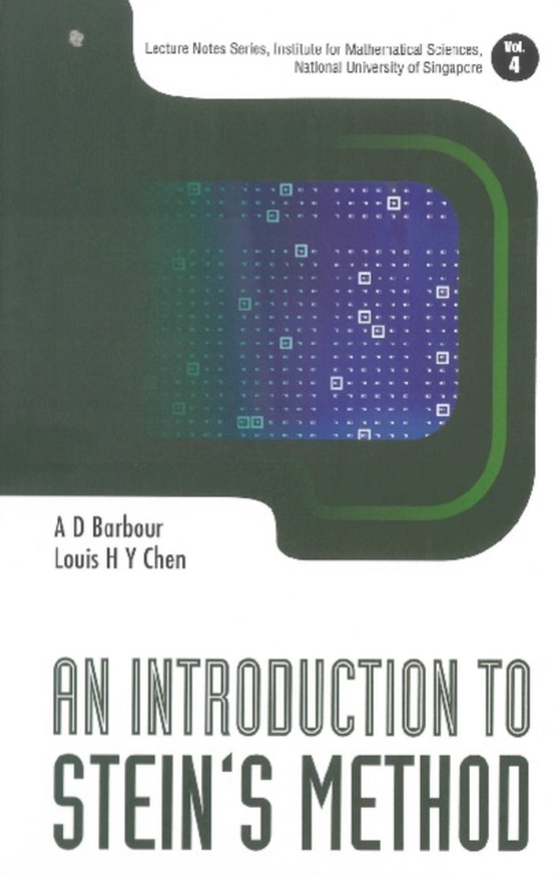
Introduction To Stein's Method, An e-bog
421,65 DKK
(ekskl. moms 337,32 DKK)
A common theme in probability theory is the approximation of complicated probability distributions by simpler ones, the central limit theorem being a classical example. Stein's method is a tool which makes this possible in a wide variety of situations. Traditional approaches, for example using Fourier analysis, become awkward to carry through in situations in which dependence plays an important...
E-bog
421,65 DKK
Udgivet
14 april 2005
Længde
240 sider
Genrer
Probability and statistics
Sprog
English
Format
pdf
Beskyttelse
LCP
ISBN
9789814480659
A common theme in probability theory is the approximation of complicated probability distributions by simpler ones, the central limit theorem being a classical example. Stein's method is a tool which makes this possible in a wide variety of situations. Traditional approaches, for example using Fourier analysis, become awkward to carry through in situations in which dependence plays an important part, whereas Stein's method can often still be applied to great effect. In addition, the method delivers estimates for the error in the approximation, and not just a proof of convergence. Nor is there in principle any restriction on the distribution to be approximated; it can equally well be normal, or Poisson, or that of the whole path of a random process, though the techniques have so far been worked out in much more detail for the classical approximation theorems.This volume of lecture notes provides a detailed introduction to the theory and application of Stein's method, in a form suitable for graduate students who want to acquaint themselves with the method. It includes chapters treating normal, Poisson and compound Poisson approximation, approximation by Poisson processes, and approximation by an arbitrary distribution, written by experts in the different fields. The lectures take the reader from the very basics of Stein's method to the limits of current knowledge.
 Dansk
Dansk

